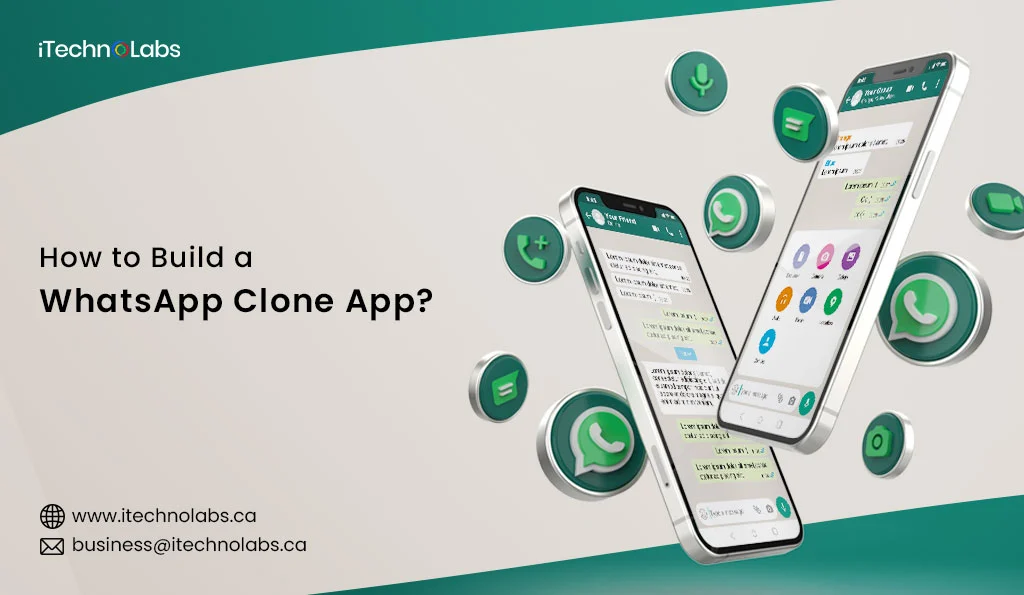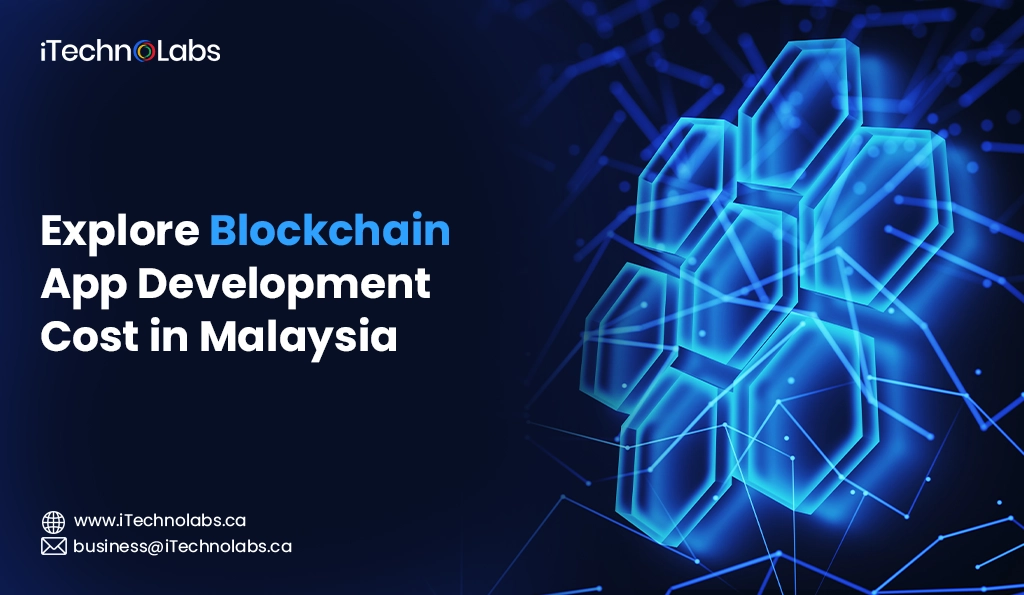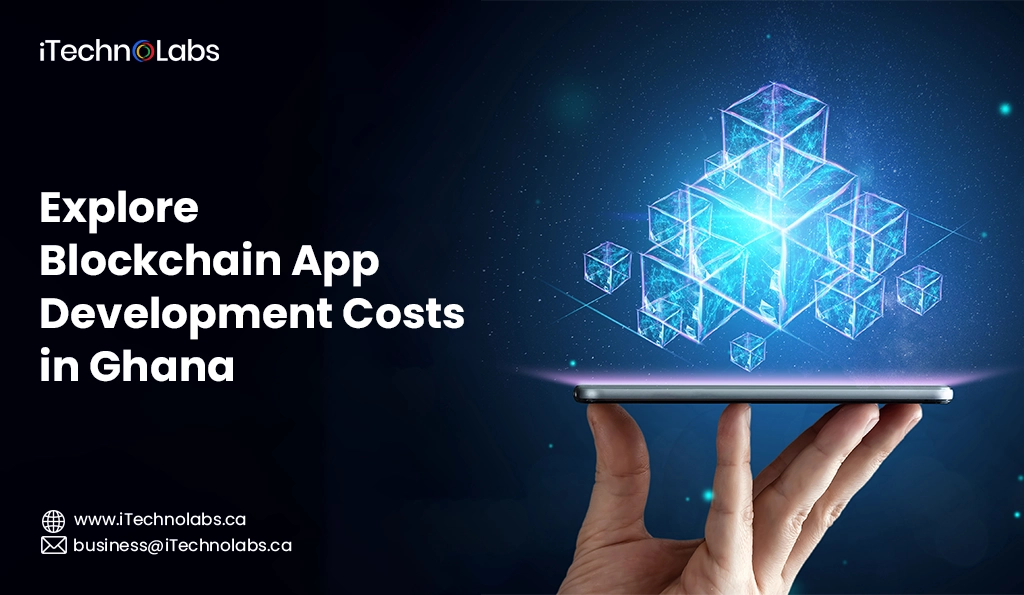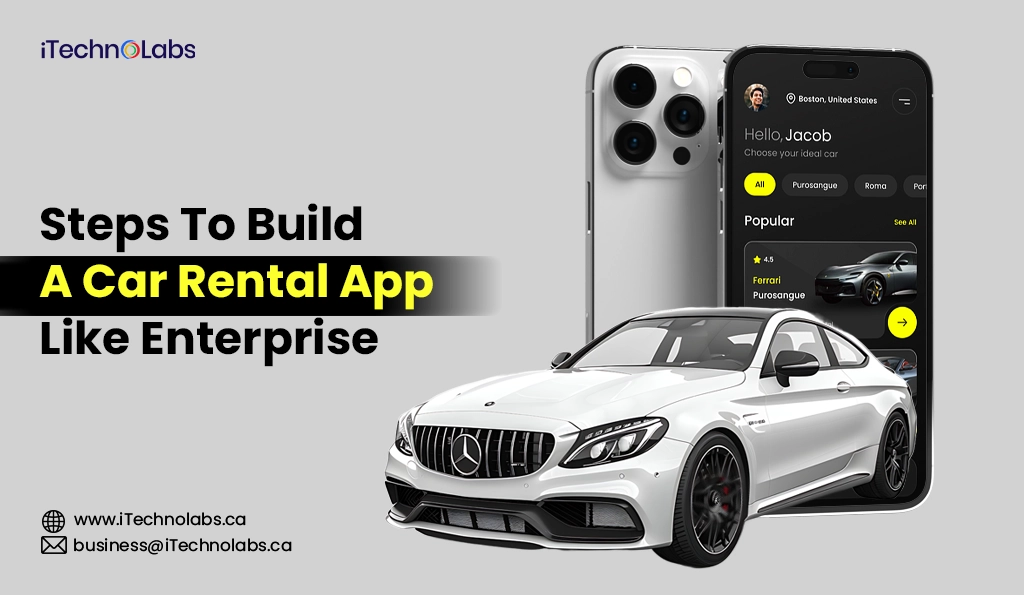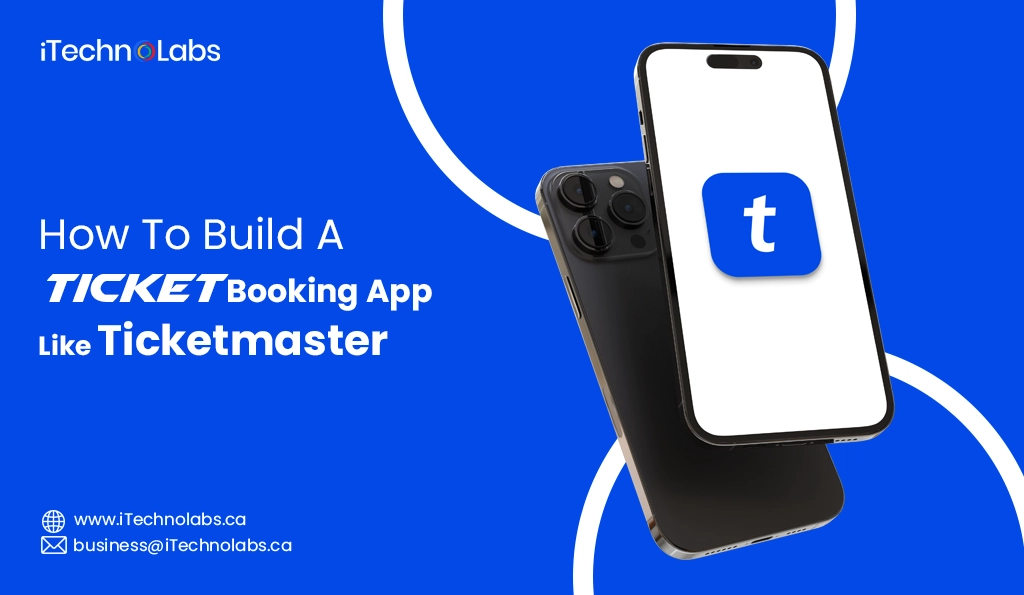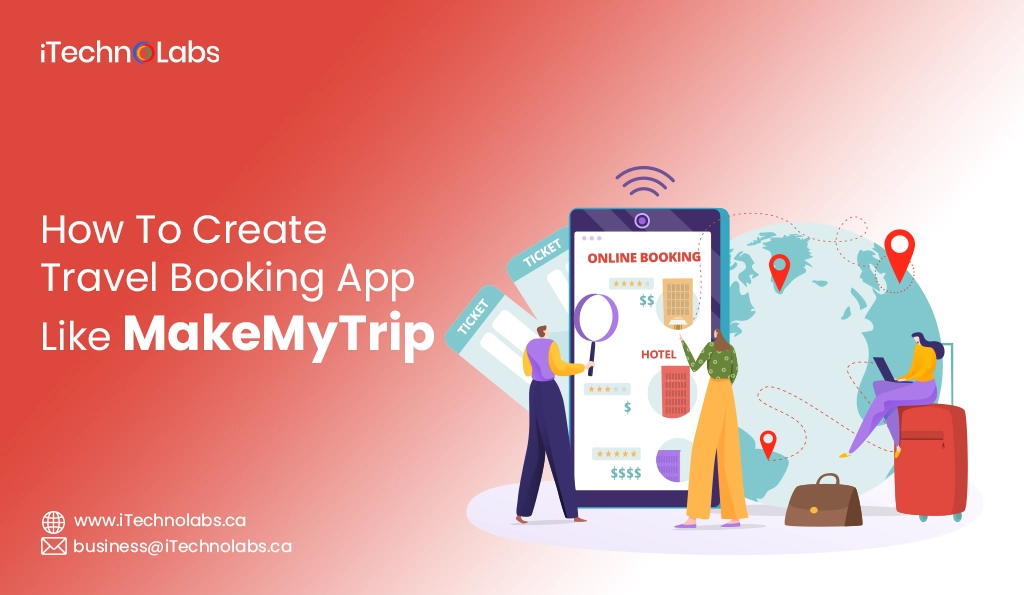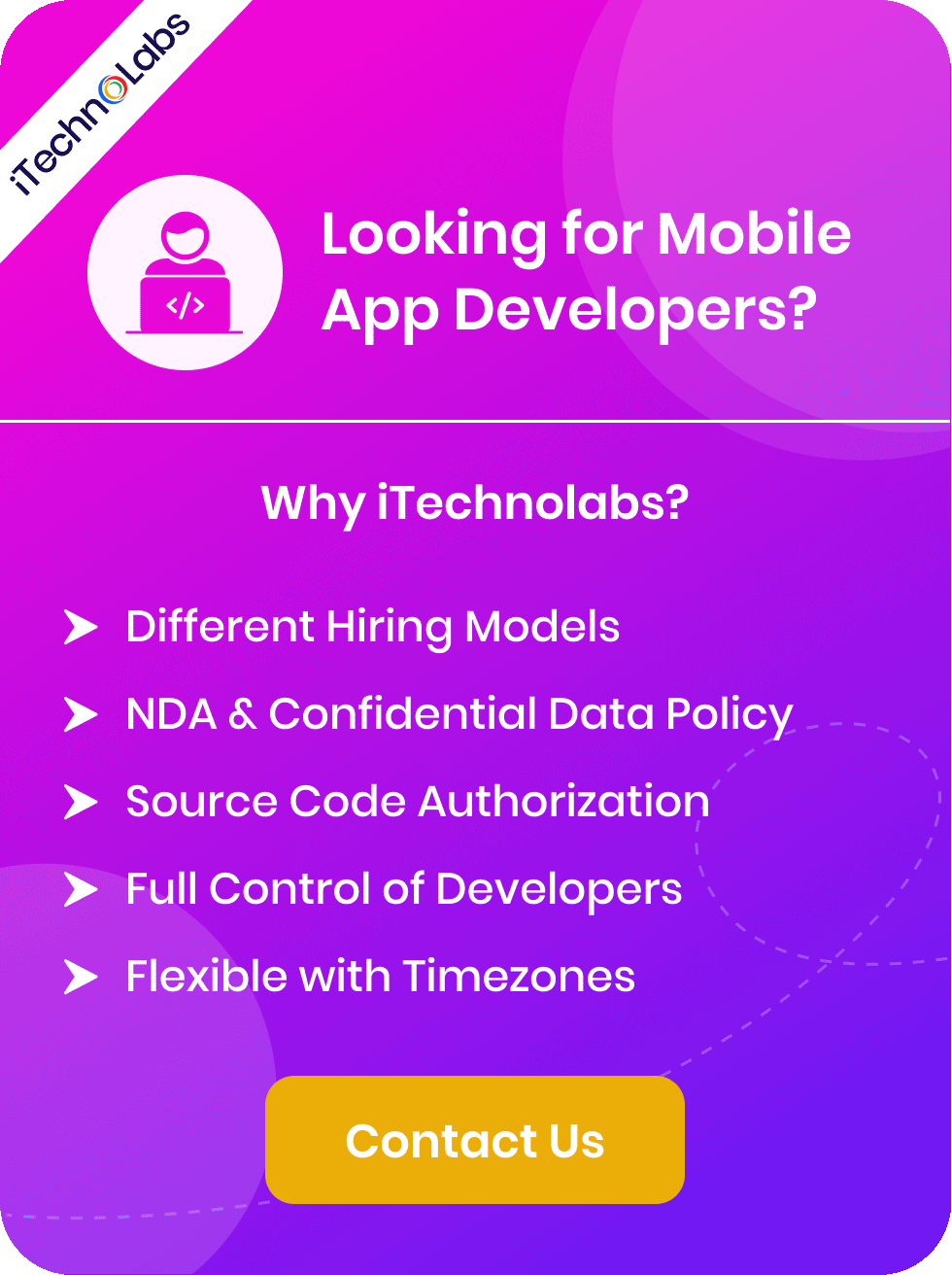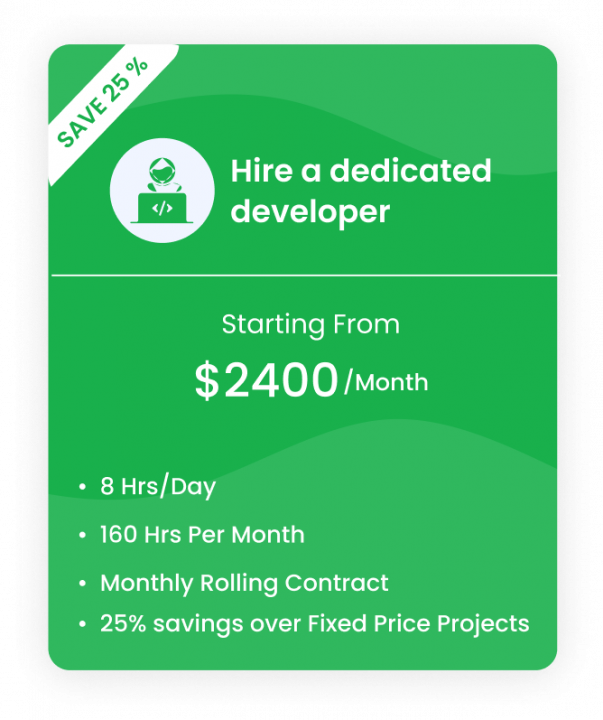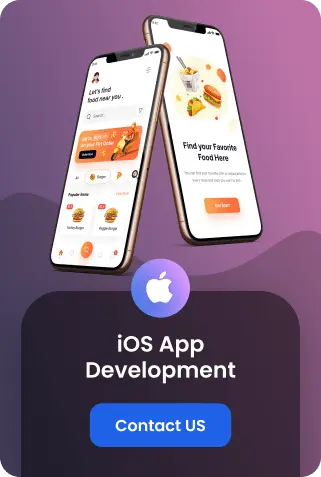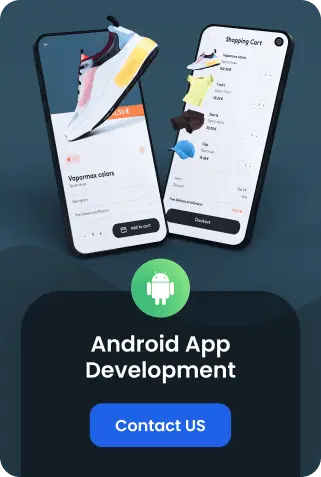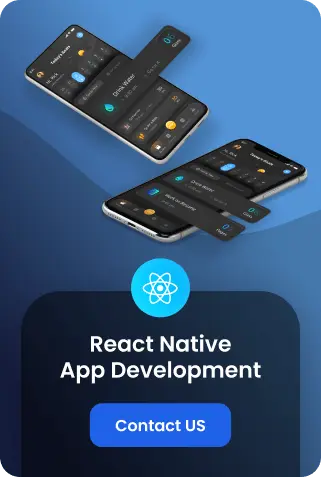WhatsApp is a popular instant messaging app that allows users to send text messages, images, videos, documents, and voice notes over the internet. It also supports voice and video calls, making it a versatile tool for communication. In February 2020, it was reported that WhatsApp had more than 2 billion active users worldwide, a testament to its widespread adoption and reliability. The app is available for both iOS and Android devices and can also be accessed through a web browser via WhatsApp Web, which syncs with the mobile app for a seamless user experience across devices.
The success of WhatsApp has inspired many entrepreneurs and developers to create their own versions of the instant messaging app. These replicas are commonly known as “WhatsApp clone apps” or “WhatsApp alternative apps.” They often offer similar features, with some adding unique functionalities or customizations to stand out in the crowded market. The proliferation of these clones highlights the demand for efficient, secure, and user-friendly communication tools in the digital age.
What are the Steps to Create a WhatsApp Clone?
Creating a WhatsApp clone app from scratch may seem like a daunting task, but with the right approach, it can be achievable. Here are the steps to follow in developing your own version of the popular instant messaging app:
Step 1: Planning Your WhatsApp Clone App
1. Purpose and Goals
Before diving into the technical aspects, it is crucial to define the purpose and goals of your WhatsApp clone app. Are you targeting a specific niche or audience, such as businesses, educational institutions, or social communities? What unique features will make your app stand out from the original WhatsApp, such as enhanced privacy options, custom themes, or additional multimedia capabilities? Having a clear direction will guide your development process, help you prioritize features and functionalities, and ensure that your app meets the needs and expectations of your target users. Taking the time to thoroughly plan and set objectives will ultimately lead to a more successful and user-friendly application.
2. Target Audience
Knowing your target audience is essential in developing a successful WhatsApp clone app. Conduct market research to understand the demographics, preferences, and pain points of your potential users. This information will help you tailor your app’s design, features, and marketing strategies to appeal to your target audience effectively.
3. Research the Market
It is crucial to research the market and existing WhatsApp clone apps before starting your development process. This will help you understand what features and functionalities are already available, identify any gaps or opportunities in the market, and ensure that your app offers something unique. Additionally, studying the competition can give you insights into what works well and what doesn’t, helping you avoid common mistakes.
Step 2: Choosing the Right Tech Stack
Choosing the right technology stack is essential in building a high-quality, efficient, and scalable WhatsApp clone app. Consider factors such as development time, cost, platform compatibility, and your team’s expertise when selecting the tech stack for your project. Additionally, evaluate the security features, scalability options, and support for real-time communication that different technologies provide. Properly researching and planning your tech stack will not only streamline development but also ensure long-term maintainability and success of your application.
1. Development Platforms
WhatsApp is available on both iOS and Android devices, so it is essential to develop your clone app for both platforms. You can either choose a native development approach using Swift for iOS and Java/Kotlin for Android or opt for cross-platform development using frameworks like React Native or Flutter.
2. Programming Languages
For iOS Development – Swift is the primary programming language used for iOS app development. It is a modern, open-source language that provides robust features and performance. Additionally, you can also use Objective-C if you have legacy code or want to leverage its vast library support.
For Android Development – Java has been the traditional choice for developing Android apps. However, Kotlin has gained popularity in recent years due to its modern syntax, null-safety, and interoperability with Java. Both languages are officially supported by Google.
For Cross-platform Development – React Native uses JavaScript as its primary programming language, while Flutter uses Dart. They offer a similar development experience for both iOS and Android, making it easier to maintain a single codebase for your clone app.
3. Framework
Choosing the right framework is crucial as it determines the ease of development, features, and performance of your clone app. Some popular frameworks for building messaging apps are:
For iOS: UIKit, SwiftUI
For Android: Android SDK, Android Jetpack Compose
For Cross-platform: React Native, Flutter
4. Backend Technology
Your messaging app will require a robust backend infrastructure to handle the communication between users. This includes managing data storage to ensure all messages and media files are securely saved and easily retrievable. Additionally, ensuring real-time message delivery is crucial, which involves implementing efficient protocols and maintaining low-latency connections. Maintaining user authentication and security is another critical aspect, as it protects user data and prevents unauthorized access. Lastly, the infrastructure should be capable of scaling to support an increasing number of users efficiently, which involves load balancing, server redundancy, and performance monitoring to handle peak usage times without any service disruption.
5. Database
The type of database you choose for your messaging app will significantly impact its performance and scalability. A well-optimized database can handle large volumes of messages efficiently, ensuring quick retrieval and storage of data. On the other hand, a poor choice can lead to slow response times and potential data bottlenecks, ultimately affecting user experience. Therefore, it’s crucial to carefully evaluate the database options available and select the one that best meets your app’s specific requirements and future growth plans.
6. Real-time Communication
Real-time communication is at the core of any messaging app. It involves establishing a connection between two users and delivering messages instantly, without any significant delay. This seamless exchange of information is crucial for maintaining the flow of conversation and ensuring users feel connected. To achieve this, your backend infrastructure must be equipped with efficient protocols such as WebSocket or XMPP (Extensible Messaging and Presence Protocol). WebSocket provides full-duplex communication channels over a single TCP connection, allowing for low-latency data transfer, while XMPP, an open-standard communication protocol, supports instant messaging, presence information, and contact list maintenance. These protocols enable real-time data transfer and support features like push notifications, ensuring that users receive messages even when the app is in the background. Additionally, leveraging these protocols can help handle a large number of concurrent connections, ensuring your app remains responsive and reliable even under heavy usage.
Also Read: Ready-Made Clone App Development – What Are They, Disadvantages and Benefits
Step 3: Setting Up Your Development Environment
Now that you have a clear understanding of the key components required for building a messaging app, it’s time to set up your development environment. Here are the essential steps to follow:
1. Install Integrated Development Environment (IDE)
For iOS Development
- Xcode: Xcode is an IDE specifically designed for developing apps for Apple platforms. It includes a source code editor, code completion tools, and a built-in debugger to help you write high-quality code efficiently. You can download the latest version of XCode from the App Store or from Apple’s developer website.
- Swift Development Tools: Since iOS app development primarily involves coding in Swift programming language, it is essential to have the necessary tools installed on your system. These include Swift compiler, standard libraries, and package managers like CocoaPods or Carthage.
2. Emulators or Physical Devices
To test your app, you will need either an emulator (also known as a simulator) or a physical device. Xcode comes with built-in emulators for iOS and watchOS platforms, which are great for testing the UI and basic functionality of your app. These emulators simulate the operating environments, allowing you to catch visual and functional bugs early in the development process. However, it is recommended to test on real devices before releasing your app to ensure proper performance and compatibility. Real devices can reveal issues related to hardware, such as sensor interactions, battery consumption, and network connectivity, that emulators might not fully capture. Thorough testing on a range of devices increases the likelihood of a smooth user experience across different conditions and environments.
Step 4: Frontend Development
The frontend of an iOS app refers to the user interface, which is what users see and interact with. Designing a visually appealing and intuitive interface is crucial in creating a successful app. Here are some key components involved in frontend development:
- Storyboard or SwiftUI
Apple provides two options for creating the GUI of your app: Storyboard and SwiftUI. Storyboard is a visual editor that allows you to layout screens, connect different views, and set up navigation between them. SwiftUI is a newly introduced framework that uses declarative syntax to build UIs using simple and reusable code blocks called “views.” It offers significant improvements in terms of speed and ease of development, especially for simple UIs. However, it might not be suitable for more complex designs or apps that need to support older iOS versions.
- Layout and Constraints
To ensure your app’s interface looks good on different devices and orientations, you need to use layout and constraints. Layout refers to how views are positioned relative to each other. Constraints define the rules that dictate a view’s size, position, and spacing. Autolayout is a powerful tool that automatically adjusts the layout based on the device’s screen size.
Step 5: Backend Development
The backend of an iOS app is responsible for handling data storage, retrieval, and server-side logic. This includes managing user accounts, authentication, and integrating with third-party services. Here are some key components involved in backend development:
- Database
Most apps require some form of data storage, such as user profiles or information retrieved from external sources. There are various options for databases on iOS, including Core Data (Apple’s built-in framework), SQLite (a lightweight database), and Firebase (a cloud-based solution).
- Server-side Logic
For more complex apps that require server-side processing or real-time communication with other users, a backend server is necessary. This can be achieved through various technologies such as Node.js, Python, or Java.
- APIs and SDKs
To integrate with third-party services like social media platforms or payment gateways, you’ll need to utilize APIs (Application Programming Interfaces) provided by those services. Some also offer SDKs (Software Development Kits) specifically designed for iOS development.
Step 6: Enabling Real-Time Communication
Many modern apps require real-time communication between users, whether it’s for messaging, video calling, or multiplayer gaming. To enable this functionality, developers can utilize different technologies such as:
- Websockets
A protocol that allows for bidirectional communication between a client and server in real-time.
- Push Notifications
These are messages sent from a server to a device through Apple’s Push Notification service (APNs). They can be used to notify users of new content or important updates.
- Cloud Messaging Services
Services like Firebase Cloud Messaging (FCM) or Amazon Simple Notification Service (SNS) provide a scalable solution for sending push notifications to large numbers of devices.
- In-app Chat and Video Calling APIs
Third-party services such as Twilio or Agora offer APIs specifically designed for in-app messaging and video calling.
Step 7: Implementing Security Measures
As with any digital platform, security is a crucial aspect of app development. Some common security measures to consider include:
- Secure Data Storage
Sensitive user data should be encrypted when stored on the device or transmitted over the network.
- User Authentication and Authorization
This ensures that only authorized users can access certain features or information within the app.
- SSL Certificates
These provide a secure connection between a client and server, preventing eavesdropping and other forms of cyber attacks.
- Regular Security Audits
It’s important to regularly test for vulnerabilities and update security measures accordingly.
- Session Management
This involves managing user sessions and ensuring that they are securely logged out after a period of inactivity.
Step 8: Testing Your WhatsApp Clone App
Before releasing your app, it’s crucial to thoroughly test its functionality and usability. This includes checking for any bugs, ensuring that all features work as intended, and verifying that the user interface is intuitive and user-friendly. Comprehensive testing should cover various devices and operating systems to ensure compatibility across different platforms. Additionally, conducting user testing sessions can provide valuable feedback on potential improvements and identify any pain points that may not have been initially apparent. By investing time in thorough testing, you help to provide a smooth user experience and significantly reduce the risk of issues post-launch.
1. Unit Testing
Unit testing involves breaking down the app’s code into individual units and testing them separately to ensure they function correctly. This allows for early detection of any issues and enables developers to fix them before moving on to larger-scale testing.
2. Integration Testing
Integration testing involves testing how different components within the app work together. This ensures that all features work seamlessly together without any conflicts or errors.
3. Compatibility Testing
This type of testing verifies that your app works across various devices, operating systems, and screen sizes. It’s essential to consider different scenarios and user environments to ensure a smooth user experience for all.
4. User Acceptance Testing
User acceptance testing involves conducting real-world tests with a group of users who represent your target audience. This can provide valuable insights into how users interact with your app, identify any pain points, and gather feedback for potential improvements.
5. Performance Testing
Performance testing examines the app’s speed, reliability, and stability under various conditions and usage patterns. It helps to ensure that your app can handle high traffic volumes and provides a smooth user experience without crashing or slowing down.
Step 9: Deploying and Launching Your App
Once all testing and bug fixing have been completed, it’s time to prepare for deployment and launch. This involves finalizing app store listings, creating promotional materials, and setting up analytics to track performance.
1. Choose a Hosting Platform
Select a hosting platform that meets your app’s needs, whether it’s a dedicated server or a cloud-based service. Consider factors such as security, scalability, and cost when making this decision. It’s also important to evaluate the platform’s reliability, customer support, and ease of integration with your existing systems. Taking the time to thoroughly research and choose the right hosting solution can significantly impact your app’s performance and user experience.
2. Prepare Your App for Deployment
Before deploying your app, make sure to optimize its size and performance. This includes minimizing file sizes, compressing images, and optimizing code. Additionally, consider removing any unused libraries or assets that may bloat the app. Conduct a thorough review of your code to identify any potential bottlenecks or inefficiencies. You should also perform one last round of testing to ensure the app is running smoothly across different devices and operating systems. This final step can help identify any lingering issues that could affect user experience once the app is live.
3. Set Up a Database
If your app requires a database, make sure to set it up correctly before launching. Choose a database solution that can handle the expected volume of data and user interactions. You should also carefully design the structure of your database to optimize performance and scalability. Test the connectivity between your app and the database to ensure all data is being stored and retrieved accurately.
4. Deploy Frontend & Backend
When deploying your app, it’s important to consider both the frontend and backend components. The frontend is what users see and interact with, while the backend handles the logic and data manipulation behind the scenes. Choose a hosting solution that can handle both aspects of your app effectively. Consider using content delivery networks (CDNs) for faster loading times, especially if your app has high traffic or global reach.
5. Database Integration
Integrate your database with your app, making sure all data is being recorded and retrieved accurately. Conduct thorough testing to ensure that data is being stored and displayed correctly. Test different scenarios and user interactions to ensure the database is functioning as intended.
6. Monitor Application Performance
Once your app is live, it’s important to regularly monitor its performance. Keep an eye on server response times, page load speeds, and user interactions. Utilize tools such as Google Analytics to track user behavior and identify any areas for improvement. Regularly checking the performance of your app can help you make necessary updates and improvements to ensure a seamless user experience.
7. Scaling and Load Testing
As your app gains popularity and user traffic increases, it’s important to ensure that your infrastructure can handle the load. Conduct regular scaling and load testing to identify any bottlenecks or potential issues with performance. This will help you determine when it may be necessary to upgrade servers or make other adjustments to accommodate a growing user base.
8. Continuous Integration/Continuous Deployment (CI/CD)
Implementing a CI/CD pipeline can greatly improve the efficiency and speed of app development and deployment. This process involves automating the integration, testing, and deployment of code changes to ensure a smooth and timely delivery of updates to your app. By continuously integrating and deploying new features or bug fixes, you can provide users with an improved experience and keep your app up-to-date.
Read More: DreamGF Clone: Build AI Girlfriend Chatbot Like DreamGF
How Much Does It Cost to Create a WhatsApp Clone App?
Creating a WhatsApp clone app involves various expenses that can range widely based on several factors. These factors include the app’s features, complexity, platform (iOS, Android, or both), and the region of the development team. For instance, advanced features like end-to-end encryption, voice and video calls, and multimedia sharing can significantly increase the development cost. The complexity of the user interface and user experience also plays a crucial role. Additionally, the cost can vary depending on whether the development team is based in North America, Europe, or Asia, as labor rates differ across regions. On average, the cost to develop a messaging app can range from $30,000 to over $150,000. In some cases, ongoing maintenance and updates can add to the overall investment, ensuring the app remains secure and functional over time.
1. Development Platform
The platform you choose for your app (iOS, Android, or both) can significantly impact the development cost. Creating a WhatsApp clone for both iOS and Android platforms will require more time and resources compared to developing for just one platform. Each platform has its own unique set of development tools, languages, and guidelines which can add to the complexity and cost. Additionally, developers need to test the app on various devices and operating system versions to ensure compatibility, further increasing the time and effort required. The complexity of each platform also plays a role in determining the overall expenses, as certain features might be easier to implement on one platform than the other. In summary, while developing for multiple platforms can reach a larger audience, it also demands a higher investment in terms of time, money, and resources.
2. Features & Functionality
The features and functionality of your messaging app are also significant factors in determining the development cost. A simple text messaging app with basic features will require less time and resources compared to a more complex app that includes voice and video calling, end-to-end encryption, file sharing, group chats, and other advanced features. Each feature requires its own set of development and testing efforts, which can add to the overall costs. Additionally, implementing certain features might require integrating third-party APIs or services, which can incur additional expenses. Therefore, it is essential to carefully consider which features are necessary for your messaging app to avoid unnecessary costs.
3. Layout & User Interface
The layout and user interface (UI) of your messaging app also play a significant role in determining its development costs. A simple, minimalistic UI with basic design elements will require less time and effort to develop compared to a more complex and visually appealing interface that includes custom animations, graphics, and advanced design features. Additionally, the number of screens and layouts needed for the app can also impact the development cost. More complex apps with multiple screens and layouts will require more time and resources to design and develop.
4. User Authentication and Security
As messaging apps handle sensitive personal and private information, security is a crucial aspect that needs to be prioritized. Implementing robust user authentication methods, data encryption, and secure data storage can increase the development cost of your app. Additionally, regular security audits and updates are necessary to maintain the integrity of your app’s security measures. Therefore, it is essential to budget for these expenses when developing a messaging app.
5. Backend Infrastructure
The backend infrastructure of your messaging app includes servers, databases, and other technologies that support its functionality. The type and complexity of the backend infrastructure required can significantly impact the development costs. For instance, a basic server setup might be sufficient for a simple messaging app, but more advanced features like real-time messaging or video calling would require more robust and expensive infrastructure.
Suggested: How Much Does it Cost to Create An App
What are the Factors Influencing Cost to Create a WhatsApp Clone App?
There are several factors that can influence the cost of developing a WhatsApp clone app. These include:
- Features and Functionality: The features and functionality you want to incorporate into your messaging app will have a significant impact on its development cost. Basic messaging apps with text, image, and video sharing capabilities will require less time and resources compared to more advanced features like voice calling, group chats, location sharing, and in-app purchases.
- Platform: The platform you choose to develop your app for also plays a crucial role in determining the cost. Developing an app for both iOS and Android platforms will require more time, effort, and resources compared to developing it for a single platform.
- Design: The design of your messaging app is another factor that can affect its development cost. A simple and minimalistic design will require less time and effort compared to a more complex and custom-designed interface.
- User Authentication and Security: As mentioned earlier, security is critical when it comes to messaging apps. Implementing strong user authentication measures like two-factor authentication or biometric login can increase the development costs.
- Backend Infrastructure: The complexity of your app’s backend infrastructure can also impact its overall cost. More advanced features like real-time messaging, file storage, and data encryption will require a robust backend infrastructure, which can increase the development costs.
- Third-party Integrations: If you want to integrate third-party services like payment gateways or image recognition APIs into your messaging app, it can add to the overall cost of development.
How can iTechnolabs help you to build WhatsApp Clone App?
iTechnolabs is a software development company that specializes in mobile app development. They have experience in creating messaging apps like WhatsApp and can help you build a similar app with all the desired features. Here are some ways iTechnolabs can assist you in building your WhatsApp clone app:
- Customized Solutions: iTechnolabs offers customizable solutions to meet the specific requirements of your messaging app. Their team of experienced developers will work closely with you to understand your vision and create a personalized solution.
- Experienced Team: iTechnolabs has a skilled team of developers, designers, and project managers who have expertise in developing messaging apps. They have experience working with different technologies and can help you choose the best technology stack for your app.
- Agile Development Process: iTechnolabs follows an agile development process, which means they prioritize delivering a functional product quickly and then continuously iterate and improve upon it. This approach helps to reduce development time and costs while ensuring a high-quality end product.
- Security Measures: As mentioned before, security is crucial for messaging apps, and iTechnolabs understands this well. They implement robust security measures like encryption of user data and secure backend infrastructure to keep your app safe from cyberattacks.
- Cross-Platform Compatibility: iTechnolabs can help you build a WhatsApp clone app that is compatible across different platforms like iOS, Android, and web browsers. This will help you reach a wider audience and provide a seamless user experience on all devices.
- Integration of Features: With iTechnolabs, you can integrate various features into your WhatsApp clone app like real-time messaging, group chats, voice and video calling, file sharing, and more. They also offer the option to add custom features according to your requirements.
Are you planning to build a WhatApp Clone App?
When you choose iTechnolabs to build your WhatsApp clone app, you gain several benefits that ensure the success of your project. Our team of experienced mobile app developers uses the latest technologies and best practices to create a high-quality, scalable app. Additionally, we offer comprehensive support and maintenance services, ensuring your app remains up-to-date and performs optimally in the long run. These include:
- Tailored Solutions: iTechnolabs takes the time to understand your specific needs and customizes the app accordingly. This personalized approach ensures the final product aligns perfectly with your vision and business goals.
- Performance Optimization: The team at iTechnolabs focuses on delivering a high-performing app by optimizing both the front-end and back-end processes. This guarantees a smooth and swift user experience, even with a large number of users.
- Cost-Effectiveness: By utilizing the agile development process, iTechnolabs can significantly reduce development time and costs. This approach allows for quicker time-to-market and ensures that you get the best value for your investment.
- Future-Proofing: iTechnolabs uses the latest technologies and frameworks to ensure that your app is future-proof. This means easier scalability and the ability to integrate new features as they become necessary or popular in the market.
- User-Centric Design: Emphasis on user experience (UX) design ensures that the app is intuitive and easy to navigate. iTechnolabs’ design team creates a user-centric interface that can drive higher engagement and user satisfaction.
- Robust Security: Security is a pivotal concern for messaging apps, and iTechnolabs excels in this area. Implementing top-notch security protocols like end-to-end encryption and secure backend infrastructure, they help safeguard user data against potential threats.
Conclusion:
iTechnolabs prides itself on providing comprehensive solutions for messaging apps, from concept to deployment. With a focus on tailored solutions, performance optimization, cost-effectiveness, future-proofing, user-centric design, and robust security measures, their team ensures that your app stands out in the market and meets the needs of users. By partnering with iTechnolabs, you can be confident that your messaging app will be a success both in terms of functionality and user satisfaction.
FAQs
What exactly is a WhatsApp Clone App?
A WhatsApp Clone App is a messaging application that provides similar features and functionalities as the popular messaging app, WhatsApp. It allows users to send and receive messages, make voice and video calls, share media files such as photos, videos, and documents, and create groups for easier communication with multiple people. Additionally, users can update their status, use emojis and stickers for expressive communication, and enjoy end-to-end encryption for enhanced privacy and security. This clone app aims to replicate the seamless and user-friendly experience that has made WhatsApp a global favorite.
What are the advantages of developing my own WhatsApp Clone App?
Developing your own WhatsApp Clone App allows you to customize the app according to your specific needs and preferences. You can choose which features to include, how the user interface looks and feels, and even monetize the app through in-app purchases or advertisements. Additionally, having a clone app can give you a competitive advantage in the market as it offers similar functionalities as popular apps like WhatsApp but with your own unique branding and identity. It also allows for integration with other platforms and services, providing more convenience for users.
What key functionalities should be prioritized in developing a WhatsApp Clone App?
The key functionalities that should be prioritized in developing a WhatsApp Clone App include messaging, voice and video calls, media sharing, group chats, status updates, security features such as end-to-end encryption, and a user-friendly interface. It is important to ensure that these core features are functioning seamlessly before adding any additional features or customizations. Prioritizing these key functionalities will help to replicate the success of WhatsApp and provide a similar experience for users.
Do I need advanced technical skills to create a WhatsApp Clone App?
You don’t necessarily need advanced technical skills to create a WhatsApp Clone App, but having some knowledge of app development and coding can be helpful. There are many app development platforms and tools available that simplify the process and allow for drag-and-drop customization, making it more accessible for those with limited technical skills. However, if you want to add more complex features or customize certain aspects of the app, some level of technical expertise may be required. It is always recommended to have a team of experienced developers who can guide you through the process and ensure a high-quality end product.
How do I ensure the security of my WhatsApp Clone App?
To ensure the security of your WhatsApp Clone App, it is important to implement end-to-end encryption for all messages and calls. This means that only the sender and receiver will have access to the content of their conversations, making it nearly impossible for anyone else to intercept or decipher them. It is also essential to regularly update the app with security patches and fixes to prevent any vulnerabilities from being exploited. Additionally, implementing secure login methods such as two-factor authentication can add an extra layer of protection for users’ accounts. Adequate data privacy measures should also be taken to protect user information and comply with relevant regulations.
What steps should I take to conduct thorough testing for my WhatsApp Clone App before its launch?
Before launching your WhatsApp Clone App, it is crucial to thoroughly test its functionality and usability. This includes testing for any bugs or glitches, as well as making sure all features are functioning properly. One way to do this is by conducting beta testing with a group of users who can provide valuable feedback on their experience using the app.
Another important step in testing is to ensure cross-platform compatibility. Your app should be able to run smoothly on different operating systems and devices without any major issues.

